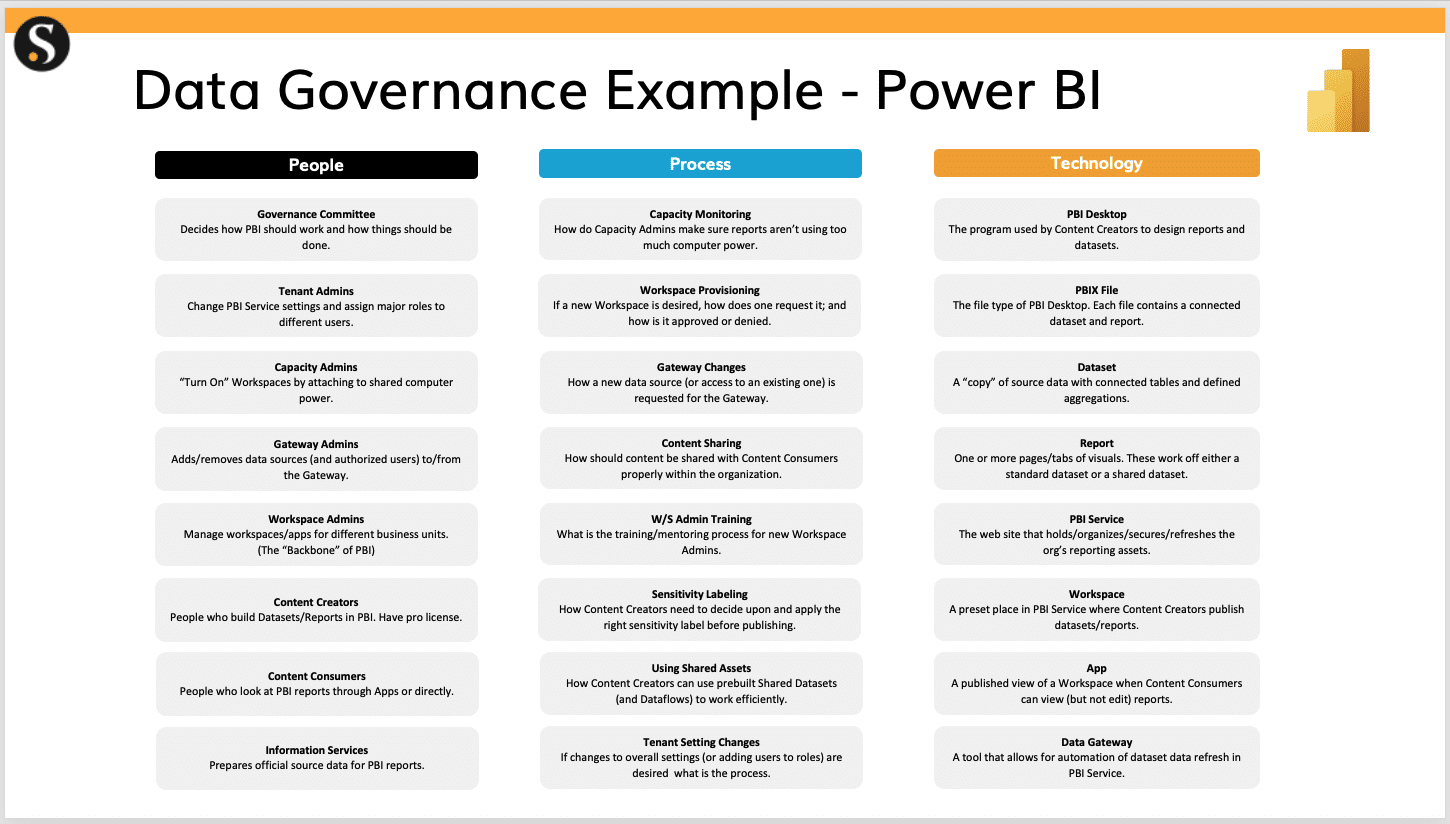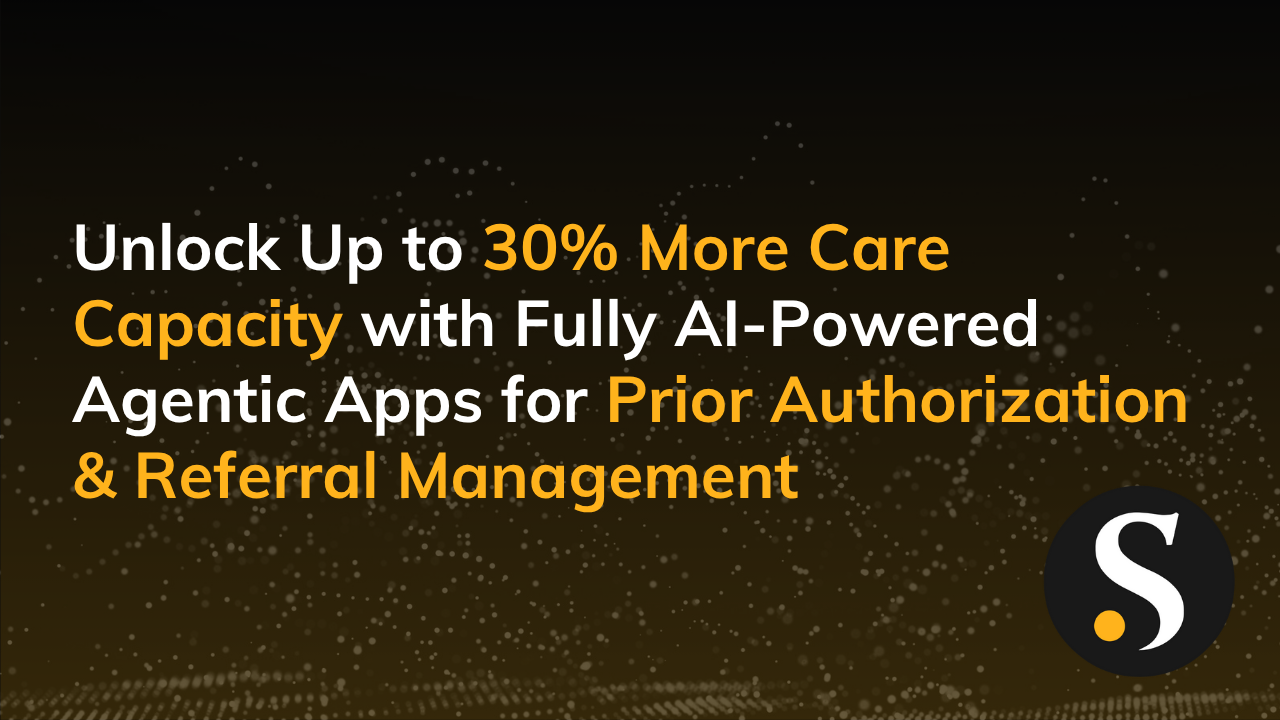Almost every organization that handles data has data issues…it comes with the territory. In particular, data quality issues are inherent and virtually inescapable in modern organizations. Clear governance policies provide stakeholders access to clean and trusted data. This sense of clarity in governance allows stakeholders to make accurate decisions while protecting sensitive information and ensuring data privacy compliance.
But how should you set up data governance? How does it differ from data management, and which one comes first? Let’s dive in.
The Biggest Challenge with Data Governance
The biggest challenge with governance is that it’s an umbrella term under which many facets fall, and there’s no real consensus on how to approach the discipline. This ambiguity is the reason so many organizations struggle with implementing data governance.
Another hurdle is that many organizations still haven’t embraced the cloud due to security concerns. But the truth is that Microsoft’s cloud environment is more secure than almost any on-prem infrastructure and it’s the most cost-effective way to support a data strategy.
3 Steps to Successful Data Governance
While governance may have its challenges, it’s worth pursuing. The following section lays out the necessary steps to eliminate common challenges and create an effective governance strategy.
1. Define Data Governance
The first step towards establishing an effective data governance framework is to eliminate any ambiguity around what it entails. This means addressing people, processes, and technology.
Start your journey by narrowing the scope of your governance policies. If you have an on-premise data infrastructure, this often means focusing on a small set of Power BI governance policies to put the first stake in the ground.

This step is crucial to laying a strong foundation and moving forward with clarity and focus.
2. Data Labeling
Diving into the details of governance policies means creating sub-policies for various processes, starting with data labeling (or sensitivity labeling).
A data labeling policy describes the process of assigning meaningful and descriptive labels to a dataset to provide context and structure. It covers labeling procedures, quality standards, criteria for selecting and training labelers, the deployment of data governance tools, and security controls to protect labeled data.
3. Data Ownership
Data ownership is another essential sub-policy. It defines responsibilities and the context in which data ownership applies. This process determines what your data policy will and will not govern.
For example, you can define what constitutes tier-one assets and how you’d secure, validate, and label them. This data ownership exercise also helps many organizations consider what they collect and how they handle data.
The Importance of a Data Catalog for Data Governance
Keeping track of all the data in your organization is often easier said than done since most organizations store data in several locations. ERP, Power BI, CRMs, and HR software are just a few potential locations.
Because of the scattering of data across all of these separate places, maintaining a data catalog is going to be key to your data governance strategy.
A data catalog acts as a centralized inventory for all data sources, providing metadata as well as other relevant information about the data. The overall goal is to provide organizations with a clear and comprehensive view of all of their data.
The visibility and classification a data catalog provides help you segment data and decide what needs to be governed and how. For example, you can see which datasets fall under the purview of which regulations (i.e. HIPAA, FINRA) and what actions are required to stay compliant.
Create a Data Catalog with Automation Software
It’s virtually impossible to manually create a data catalog in today’s digital business environment. And luckily, you don’t have to.
Microsoft Purview is a governance tool that uses automation technology to catalog all the data in your organization. AI capabilities recognize sensitive data and tag it appropriately—this includes personally identifiable information (PII) like phone numbers, social security numbers, credit card numbers, names, and addresses.
Unity Catalog, the governance tool behind Skypoint’s platform, offers similar centralized governance tools, such as unified access and audit controls for all data assets in a data lakehouse. It allows users to organize and manage their databases while protecting and promoting trust in data throughout the organization.
Support Data Governance with Data Management
Setting up rules and policies is the first step, but what happens when the rubber meets the road? How does the day-to-day process of managing data work?
This is the crux of the difference between data management and data governance. While governance revolves around defining guidelines and processes for data, data management is focused on the actual implementation and maintenance of those data processes.
In order for governance to work, it needs strong data management strategies to support it.
Once you’ve established reliable data governance policies, you can use that as a guide to create a strong data management foundation that includes:
- Data systems that are operational around the clock.
- Fully recoverable data and systems.
- A backup and recovery plan.
- A business continuity plan for all data systems.
When you create alignment between governance and management processes, you’re much more capable of leveraging the data you have for strategic decision-making. This organizational alignment establishes a foundation for creating a data infrastructure that promotes data security and data trust.
Creating an End-to-End Data Strategy
Data is a critical part of your overall business strategy, so its success shouldn’t be left to chance.
Implementing a platform like Skypoint Cloud gives you a grasp of data governance best practices while helping you integrate, cleanse, unify, and enrich your data across various sources. Want to see how it works? Learn more here.




